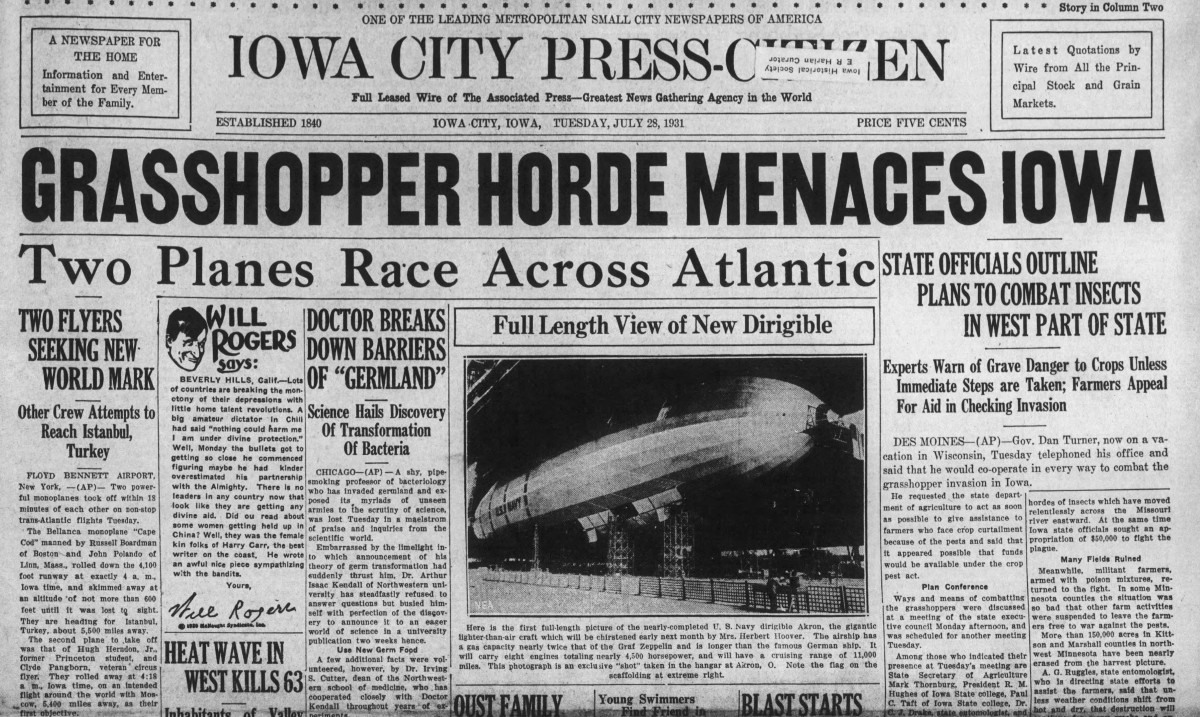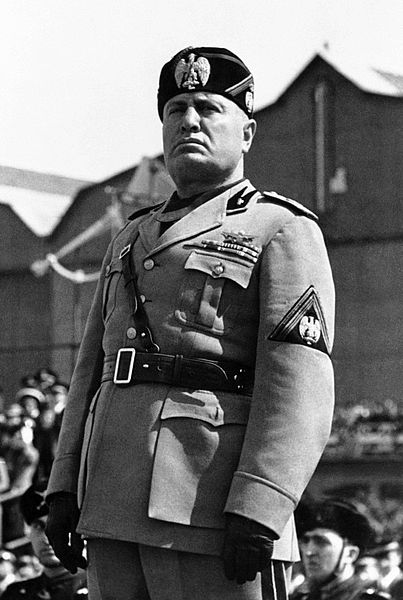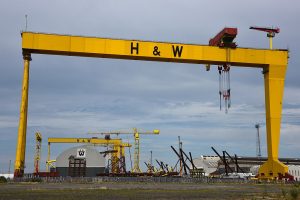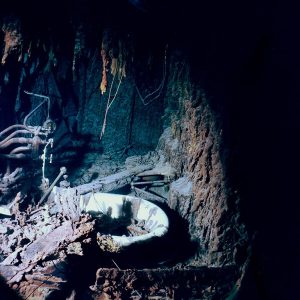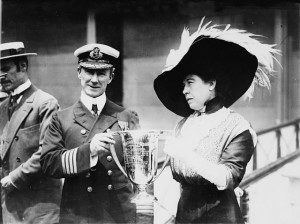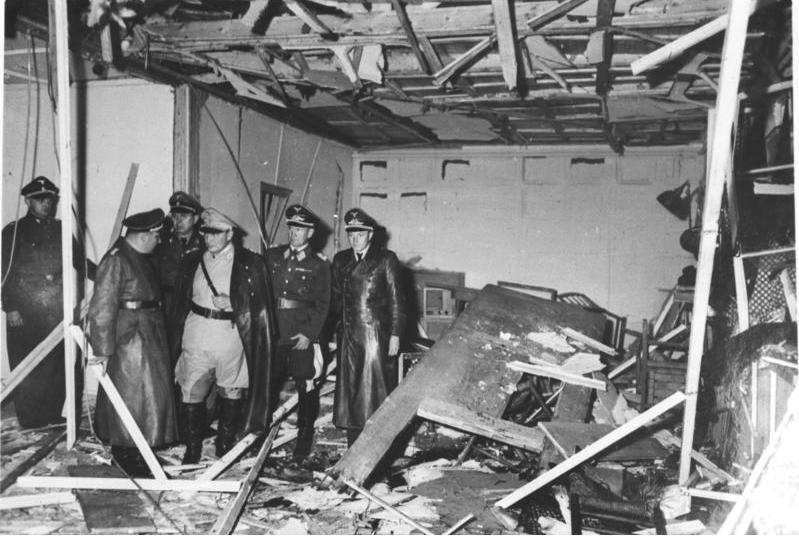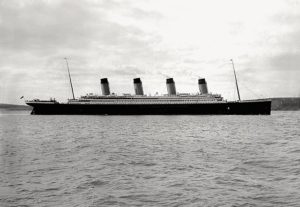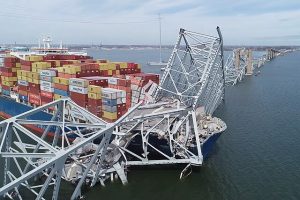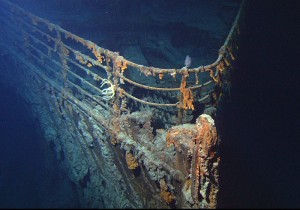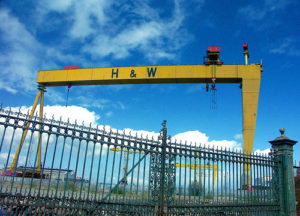
Plastic Jesus (Dave) via Wikimedia Commons
Taylor, G. (2024, July 29). Harland & Wolff at risk of losing £120m Falkland Islands port contract. CityAM. https://www.cityam.com/harland-wolff-at-risk-of-losing-120m-falkland-islands-port-contract/
Harland & Wolff is at risk of losing out on a £120m contract to redevelop a major port in the Falkland Islands, in what marks the latest struggle for the embattled company. But as it battles to stave off collapse after the new Labour government refused to guarantee a vital £200m loan, officials in the Falkland Islands are reconsidering the decision.
=
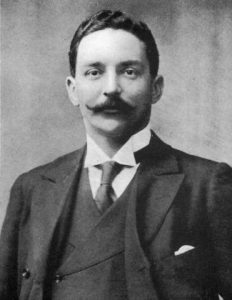
Public Domain via Wikimedia Commons
O’sullivan, J. (2024, July 27). Scenic Irish village that “hid” the Titanic owner after the infamous sinking. Irish Star. https://www.irishstar.com/news/us-news/titanic-owner-hides-irish-village-33339629
After his reputation was left in ruins, Ismay, who had been exonerated from blame in the Titanic disaster by a British inquiry faced public scorn, with incidents of him and his wife being mocked in the streets of both the UK and the US. In 1913, the Lancashire-born mogul and his partner, Julia, sought solace in Connemara, making their new home at Costello Lodge in Casla. Locals in the Irish-speaking region of Co Galway greeted the Ismays warmly, seeing them as employers and remarking on their generous nature. Nonetheless, J Bruce was given the moniker “Bru sios me”, an Irish phrase meaning “lower me down,” a nod to his infamous role in the Titanic saga regarding lifeboat provision.
(Note this article gets some basic facts wrong about the lifeboats on Titanic. It directly says that Ismay declined a Board of Trade request for more lifeboats and slashed them. However, the number of lifeboats did meet (and exceed) the then Board of Trade rules which used tonnage rather than the number of people aboard for setting the number of lifeboats. It did turn out later White Star wanted to reduce the number so they would not clutter up the deck, but that didn’t occur. Ismay did reject adding more lifeboats for that reason (cluttering up the deck).
=
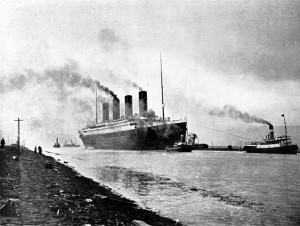
Public Domain (National Archives and Records Administration,ARC Identifier#306 RG 306)
Ramanand, L. (2024, July 25). This gripping Titanic exhibit is finally open & anchored in Seattle. Secret Seattle. https://secretseattle.co/titanic-exhibit-seattle-open/
The compelling experience that is “Titanic. The Exhibition” is now open to guests at the Maritime Building at 906 Alaskan Way and tickets are available! The space displays numerous artifacts from passengers and other historical items connected to the ship and it’s open in Seattle all summer long.
For information and tickets, go to https://titanicexhibition.com/seattle/.
=
TACKY TITANIC ALERT!
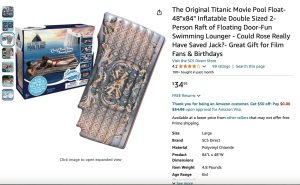
Screenshot Amazon 29 Jul 2024
©Mark E. Taylor All Rights Reserved
You know there have been a lot of tacky Titanic products over the years. Titanic shaped ice cube maker so you can have the ship in your cocktail. And don’t forget the infamous Titanic slide. Shaped like Titanic in its final moments, you can slide down on it in your backyard. So, it seems fitting they got around to the iconic end scene in James Cameron’s Titanic. You know what I am talking about. It is the scene where our heroes, Jack and Rose, are in the water. Rose is able to get on a floating door, but Jack cannot jump on as it may not hold the both of them. Well, the folks at SCS Direct decided to create a door float inspired by the movie so you can find out if both could have been saved. It sells for $35 on Amazon (note the price is subject to change) and appears to have some good things said about it.
Here are a few things posted about it on Amazon:
“My son wanted this for Christmas last year & im so glad I got it for him! First off, when it comes in the box, it’s HEAVY. Not like a normal floatation device heavy, heavier than that! It is HUGE which he was hoping for & he absolutely LOVES using it! Best $30 ever spent on a floatie!”
This was a gift for a friend who was throwing a pool party. It was a hit and everyone wanted to try to see if they could fit on it. Blowing it up was a bit difficult, but easy with a ball airpump. My friend has had it for over a month and has used it daily and it is still holding up well.
I am Huge Titanic fan and I bought this instantly upon seeing it . Yes, Jack could have fit. But the question is with the waves would buoyancy would it work? Oh well my Heart Will Go On.
There were a few negatives as well. Some said it did not hold air long, changed color when out in the sun, and was defective. The UK Sun did an article about it. James Cameron did a test to see if two could fit on the door. The short answer-yes, but just long enough for a lifeboat to reach them. But why speculate when you can have your own inflatable Titanic door to answer that question for yourself. And I bet the company has made some decent money on this product. Yet it once again trivializes the fact that over 1,500 died on that cold night. If only they did have some flotation devices like this, some might have survived.
Source
Jiang, N. (2024, July 25). ‘It’s the king of the world,’ Titanic fans rave about iconic door-shaped pool float that proves ‘Jack could. . . The US Sun. https://www.the-sun.com/lifestyle/12011854/titanic-door-pool-float-jack-saved-survive/
You can view the product on Amazon.
Titanic News Channel is a participant in the Amazon Services LLC Associates Program, an affiliate advertising program designed to provide a means for sites to earn advertising fees by advertising and linking to Amazon.com.

